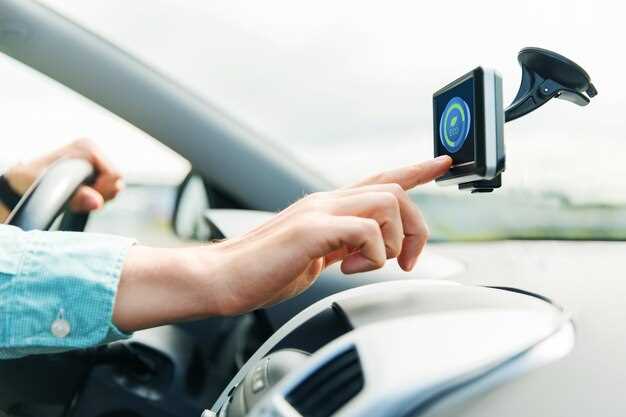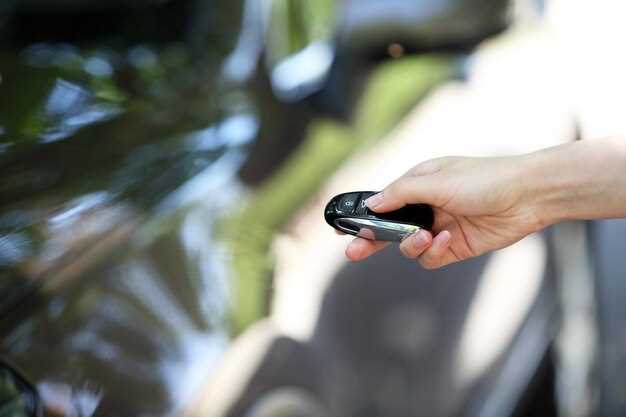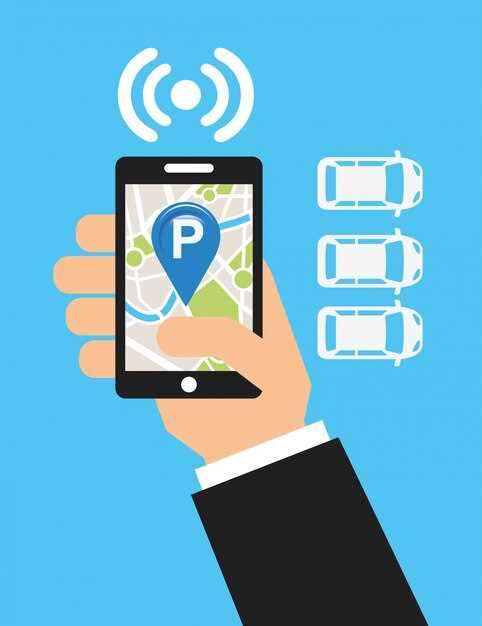
Installing parking sensors – is it worth it?

In today’s fast-paced world, parking can often become a challenging task, especially in crowded urban areas. As vehicles become larger and spaces remain the same, the risk of accidents while parking has increased significantly. One effective solution to this problem is the installation of parking sensors. These devices provide real-time audio and visual feedback to drivers, helping them navigate tight spaces safely.
Moreover, the installation of parking sensors not only enhances safety but can also add value to your vehicle. Many potential buyers appreciate advanced features that improve usability and safety. By investing in these sensors, the resale value of your car may increase, making it a smart financial decision in the long run.
Furthermore, parking sensors contribute to reducing the stress associated with maneuvering in busy lots or city streets. With their ability to detect obstacles and gauge proximity, these devices significantly lower the likelihood of minor collisions that can lead to costly repairs. Overall, installing parking sensors is an investment that offers both immediate and long-term benefits, making it a wise choice for drivers looking to enhance their parking experience.
Understanding the Cost-Benefit Ratio of Parking Sensors
When considering the installation of parking sensors, it is essential to evaluate the cost-benefit ratio to determine if this investment is worthwhile. Parking sensors are designed to assist drivers in avoiding obstacles while parking, thereby reducing the risk of accidents and vehicle damage.
The initial cost of purchasing and installing parking sensors can vary significantly, depending on the brand, technology used, and the complexity of the installation process. On average, the expense may range from a few hundred to over a thousand dollars. However, potential savings from preventing minor collisions and the associated repair costs can quickly offset this initial investment.
Moreover, parking sensors enhance the overall driving experience by providing real-time feedback to the driver. This added convenience can lead to reduced stress, especially in urban areas where parking spaces are limited and often tricky to navigate. Consequently, the time saved during parking can contribute to better overall vehicle utility.
Furthermore, beyond just financial considerations, parking sensors can increase the resale value of a vehicle. Prospective buyers often view this feature as an attractive addition, reflecting modern safety standards and technology integration. Thus, the return on investment can be noticeable not just in daily usage but also during the sale of the vehicle.
In conclusion, the cost-benefit ratio of parking sensors leans favorably when considering both economic and practical aspects. By assisting drivers in parking situations, these sensors not only reduce potential repair costs but also enhance driving convenience, making them a smart investment for many vehicle owners.
How Parking Assist Technology Enhances Driving Safety

Parking assist technology significantly improves driving safety by providing real-time information and support to drivers as they maneuver their vehicles into parking spaces. Utilizing a network of sensors, this technology detects obstacles, assists in judging distances, and helps prevent collisions during parking.
These sensors are strategically positioned around the vehicle to create a comprehensive awareness of the surrounding environment. When a driver engages the parking assist system, auditory and visual alerts inform them of nearby objects, including pedestrians, other vehicles, and structural boundaries. This guidance reduces the risk of accidents and enhances situational awareness.
Furthermore, parking sensors can calculate the dimensions of available spaces, enabling drivers to make informed decisions about whether a particular spot is suitable for their vehicle. This capability minimizes the likelihood of awkward positioning and potential damage to the car or surrounding infrastructure.
By enhancing spatial intelligence and offering assistance at critical moments, parking assist technology not only simplifies the parking process but also plays an essential role in fostering a safer driving environment. It empowers drivers with the confidence to navigate complex parking scenarios, contributing to overall road safety.
Steps to Choose and Install the Right Parking Sensors

Choosing the right parking sensors for your vehicle involves a few important steps. Begin by assessing your specific needs. Consider factors such as the size of your vehicle, the typical parking environments you encounter, and your budget. This will help narrow down your options.
Next, research the different types of parking sensors available on the market. Ultrasonic sensors are popular for their accuracy and reliability, while electromagnetic sensors can be less intrusive. Read reviews and seek recommendations to find a dependable brand that meets your requirements.
Once you’ve selected a suitable parking sensor, ensure that you acquire all the necessary tools for installation. Most systems come with a detailed manual, which will guide you through the process. Familiarize yourself with the components, including the sensors, control module, and wiring harness.
Begin the installation by determining the optimal placement of the sensor units. This is typically on the rear bumper, ensuring they are evenly spaced and aimed properly for maximum detection. Mark the mounting locations before drilling any holes.
Proceed to drill holes for the sensors, being careful not to damage any wiring or components behind the bumper. Secure the sensors in place and connect the wiring according to the manufacturer’s instructions. It’s crucial to maintain neat and secure connections to prevent issues later on.
After the installation is complete, test the system thoroughly. Check the responsiveness of the sensors and ensure they offer accurate distance readings. Make any necessary adjustments to improve performance.
By following these steps, you can effectively assist in avoiding parking mishaps and enhance your overall driving experience with reliable parking sensors.